MichiGames Arcade spotlights, preserves student-built video games
A new platform has been introduced to showcase and archive student-made videogames on the first floor of the Beyster Building.
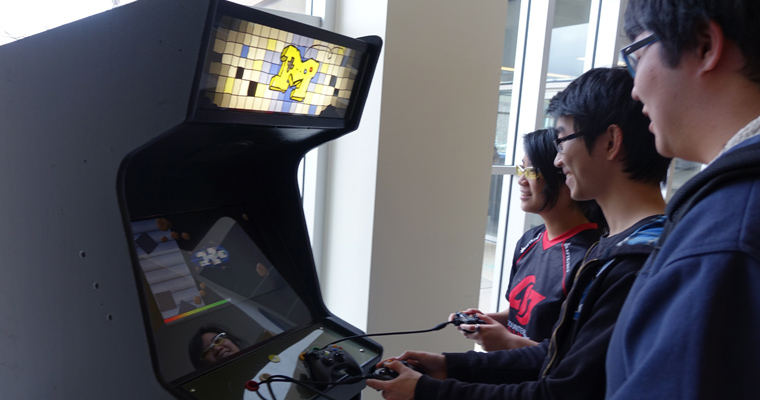
 Enlarge
Enlarge
Are you a fan of video games? If so, you might be surprised to learn that there’s an active and long-standing videogame development community right here at the University of Michigan.
Student game designers have been building games for years through student group Wolverine Soft (formed in 1999 by Eduardo Baraf) and in the EECS Department’s capstone course, EECS 494 – Computer Game Design and Development (first offered in 1996 by John Laird, the John L. Tishman Professor of Engineering).
Alumni Profile: Sid Meier, the Godfather of Games
Now, a new platform has been introduced to showcase and archive these student-made videogames. It’s called the MichiGames Arcade, and it’s located in the Fred C. Shure Lounge and Learning Center (Rm. 1649) on the first floor of the Bob and Betty Beyster Building.
The MichiGames Arcade is the brainchild of former Wolverine Soft president, current CSE graduate student, and EECS 494 instructor Austin Yarger. “Our goal,” says Yarger, “is to preserve games produced by the University’s game development community in a way that honors the efforts of developers and inspires the engineering and artistic spirit of those who play.”
At first glance, the MichiGames system looks similar to popular standalone arcade units of the past, such as Space Invaders and Pac-Man systems, but it differs in two important ways. The MichiGames interface features four Xbox-style controllers instead of a joystick and buttons, which allows for more sophisticated game control and simultaneous play. The system also has the capability of hosting hundreds of modern multiplayer, PC-based games.
At its launch this week, the MichiGames Arcade is hosting five games (listed below); three that were developed as class projects in the Fall 2016 semester of EECS 494, and two that were built during Wolverine Soft’s January 13–15 Game Jam, an event in which student teams compete to build complete games in 48 hours.
More games will be added soon, according to Yarger, who is curator of the system. “We’ve been eager to build and deploy the MichiGames Arcade as quickly as possible, so we’ve launched with a short set of games. We’ll be adding titles in the weeks to come, and continuously thereafter as the Michigan community creates them.” Students who wish to submit a game for inclusion in the arcade can make their submission through this form.
The arcade was custom-designed and built by the team of Jeremy Gibson Bond, Professor of Practice and Michigan State University and former faculty member at Michigan; Marcus Darden, Lecturer in CSE; alumnus Todd Newman (MBA ’92), and Yarger. Newman, who collects vintage pinball machines and previously modified and converted video arcade systems, modified and donated the cabinet for the arcade. The Departmental Computing Organization (DCO) of EECS, led by Don Winsor, provided funding for the internals.
Inaugural Games
The first games to be hosted on the MichiGames arcade include:
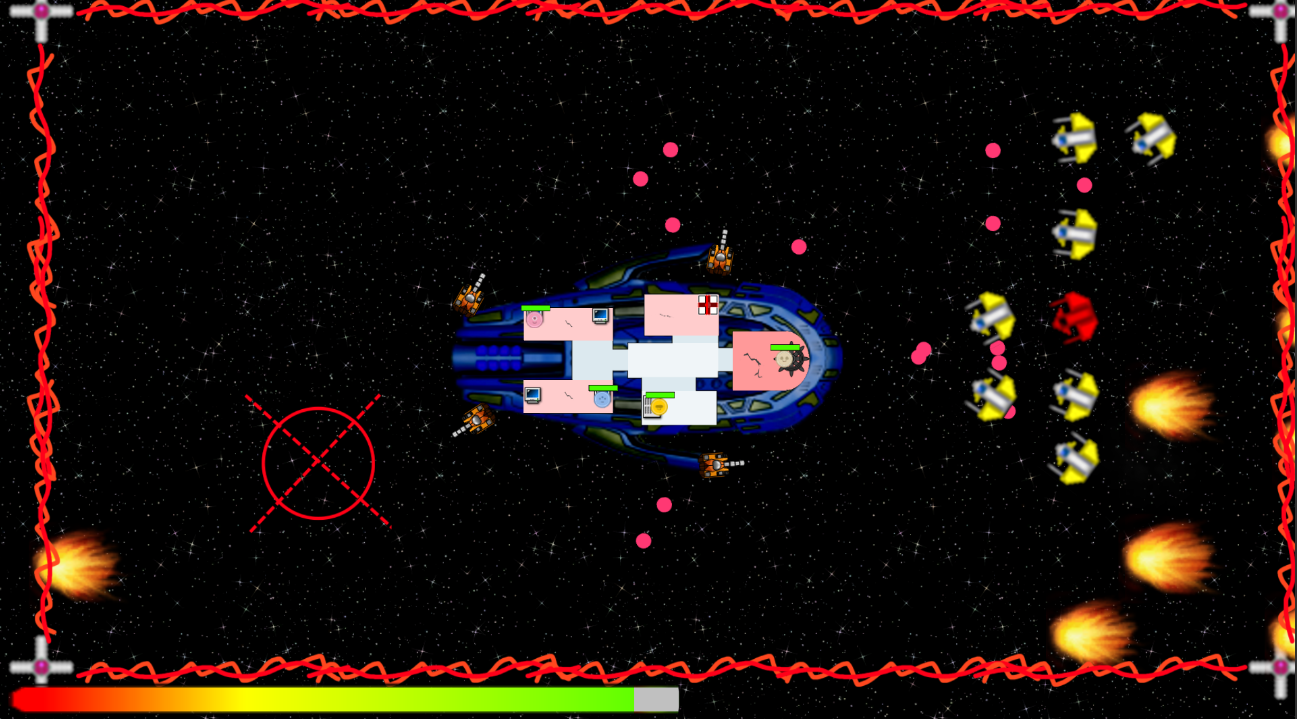
 Enlarge
Enlarge
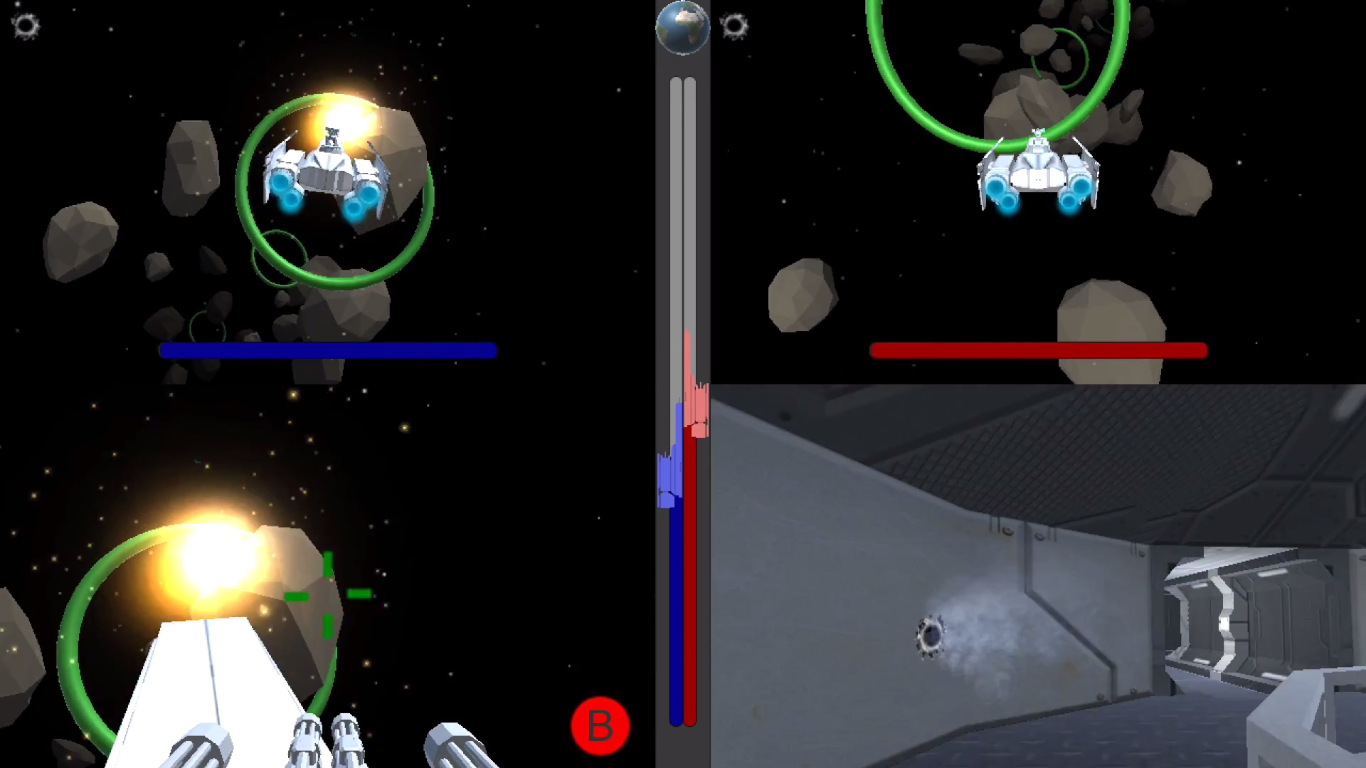
 Enlarge
Enlarge
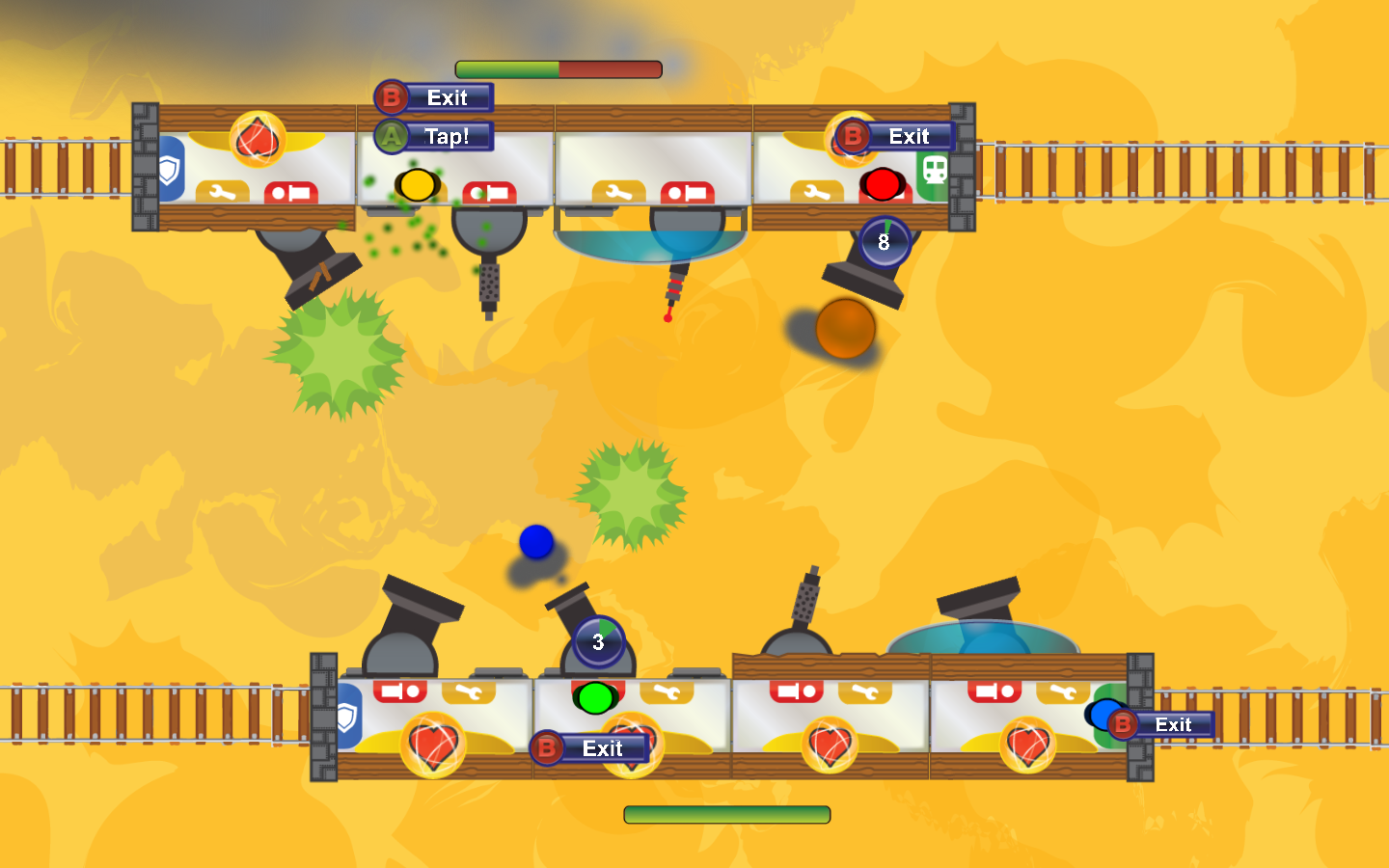
 Enlarge
Enlarge
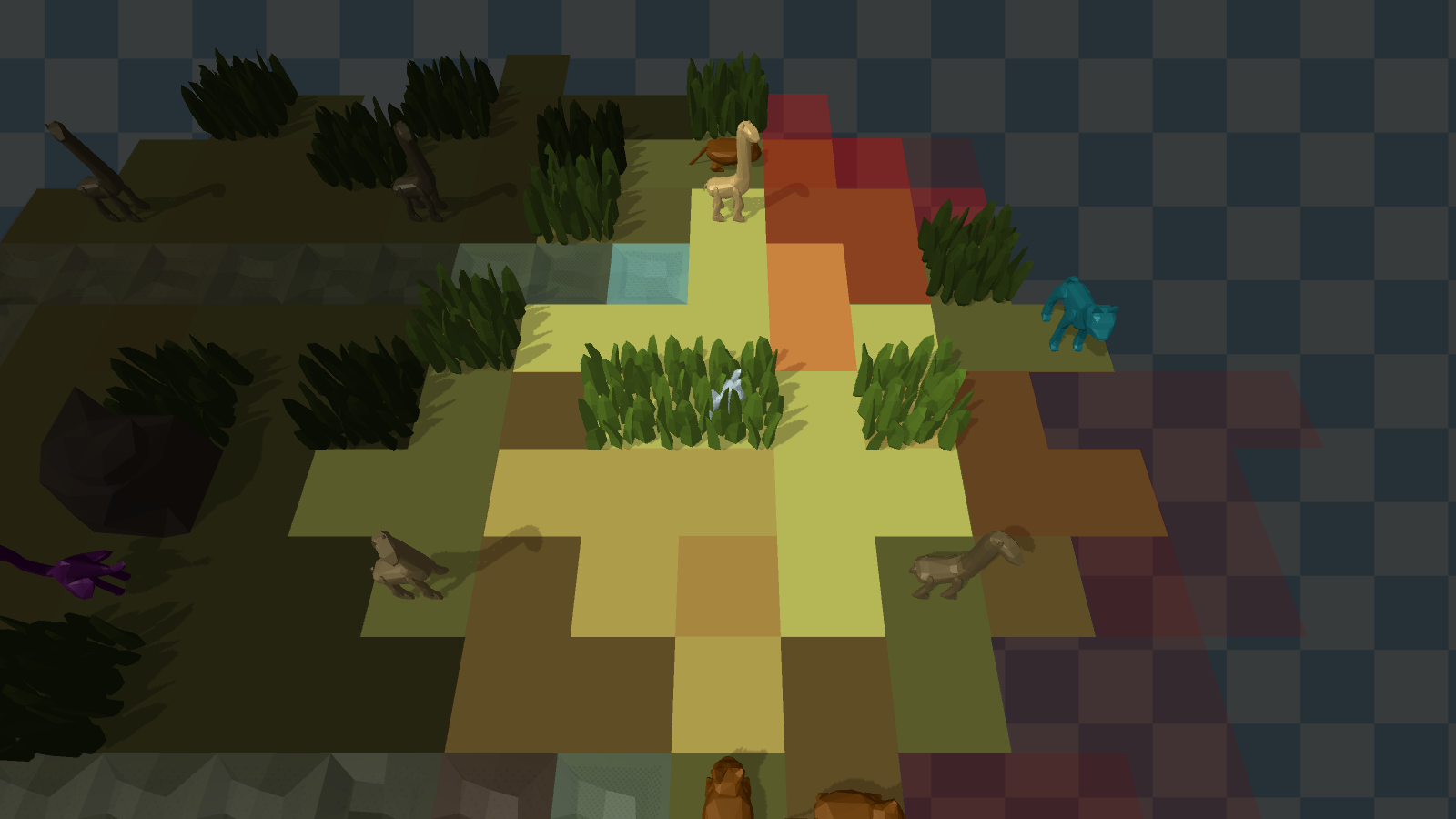
 Enlarge
Enlarge

 Enlarge
Enlarge
Student Q&As on EECS 494 and the MichiGames Arcade
Christopher Hsu, senior in computer science, on “Ships Ahoy!”
Q: Do you feel like you’ve gained from your time and efforts in EECS 494?
A: My favorite part of the course was working with my temmates and getting to become such close friends. When you’re spending 400+ hours together on an assignment, you have to figure out how to work with each other well. We’re glad we got more than that. The playtesting portion of the class really inspired us to see how creative people in the class can be. Many times we’d think our games were great, only to see that someone else has come up with just as creative and/or fun ideas, and may even polish their products better than us! Overall, though, there isn’t any fierce competition among classmates, and we can certainly say that being able to see each other’s games and play them get people so much into game dev. It’s way more effective than sitting through lectures or presentations.
Q: Why did you want to put your game on the cabinet?
A: As avid games ourselves, it is an exciting idea to us that our project product would become something that lives on on campus after us, let along having it be a game!
Q: Why do you think players will love Ships Ahoy?
A: We hope our collaborative gameplay would be something the players get into. I know simply throwing newbies into a game mode like that may be a little uneasy, but I do think everyone will come around and enjoy shouting at each other during the intense parts of the game, and laughing about it all afterward!
Yelena Pham, senior in computer science, on “Spaced Out.”
Q: Do you feel like you’ve gained from your time and efforts in EECS 494?
A: I decided to take EECS 494 pretty much out of curiosity. I’ve played some video games, some board games, but I wouldn’t call myself a “gamer” by any means. The first video game I made was at a hackathon and it was a two-person racing game, except the things you were racing were cubes with pictures of solar cars on them! I wanted to learn more about the game development process and while 494 did teach me about that, my main takeaway from the class is just the experience of working with a group of people on something you all care deeply about.
Q: Why did you want to put your game in the MichiGames Arcade?
A: Other EECS classes are definitely interesting and good to take, but I haven’t felt as invested in their projects as I did with 494’s. So I guess that’s why my team and I wanted to put our game on the cabinet! It’s cool to be able to point and say, “Hey, go check out something really awesome that I made and am proud of!”
Q: Why do you think players will love Spaced Out?
A: Spaced Out is great because it’s competitive, it’s a little different from your average racing game, and who doesn’t love space?
Nicholas Tesija, senior in computer science, on “Train Track Trouble.”
Q: Do you feel like you’ve gained from your time and efforts in EECS 494?
A: I gained a great deal of knowledge from EECS 494. Essentially, I learned how to make cool games and work as a team through an iterative design process.
Q: Why did you want to put your game in the MichiGames Arcade?
A: Our team spent a long time working hard on our game, so we wanted other people who weren’t around to play it the first time to be able to play it.
Q: Why do you think players will love Track Trouble?
A: Players will love Train Track Trouble because it is an easy game to pick up, but also very competitive. And I spent a half hour recording myself yelling “YEEHAW!” into a mic to get it just right for the game, so that’s got to be worth something!
Thomas Bartlett, junior in computer science, on “Agent O’Hare.”
Q: Do you feel like you’ve gained from your time and efforts in Wolverine Soft and its game jams?
A: Before I joined Wolverine Soft and begin participating in the game jams, I was getting burnt out doing game development just by myself. Getting involved in a community of like-minded individuals who I could work with and bounce ideas off of really helped reignite my passion for my hobby in a positive way.
Q: Why did you want to put your game in the MichiGames Arcade?
A: Prior to putting the game in the MichiGames cabinet, the only people who had really played it were the other sleep-deprived developers at the Game Jam event. Having the game available to the whole public anytime seemed like a great way to make sure our hard work wasn’t for nothing.
Q: Why do you think players will love Agent O’Hare?
A: Despite its friendly outward appearance, Agent O’Hare is actually a brutally punishing puzzle game that mocks your every mistake. But once you finally meet and conquer these challenges, we hope the satisfaction you’ll gain will make all of your effort worth it.
 MENU
MENU 
